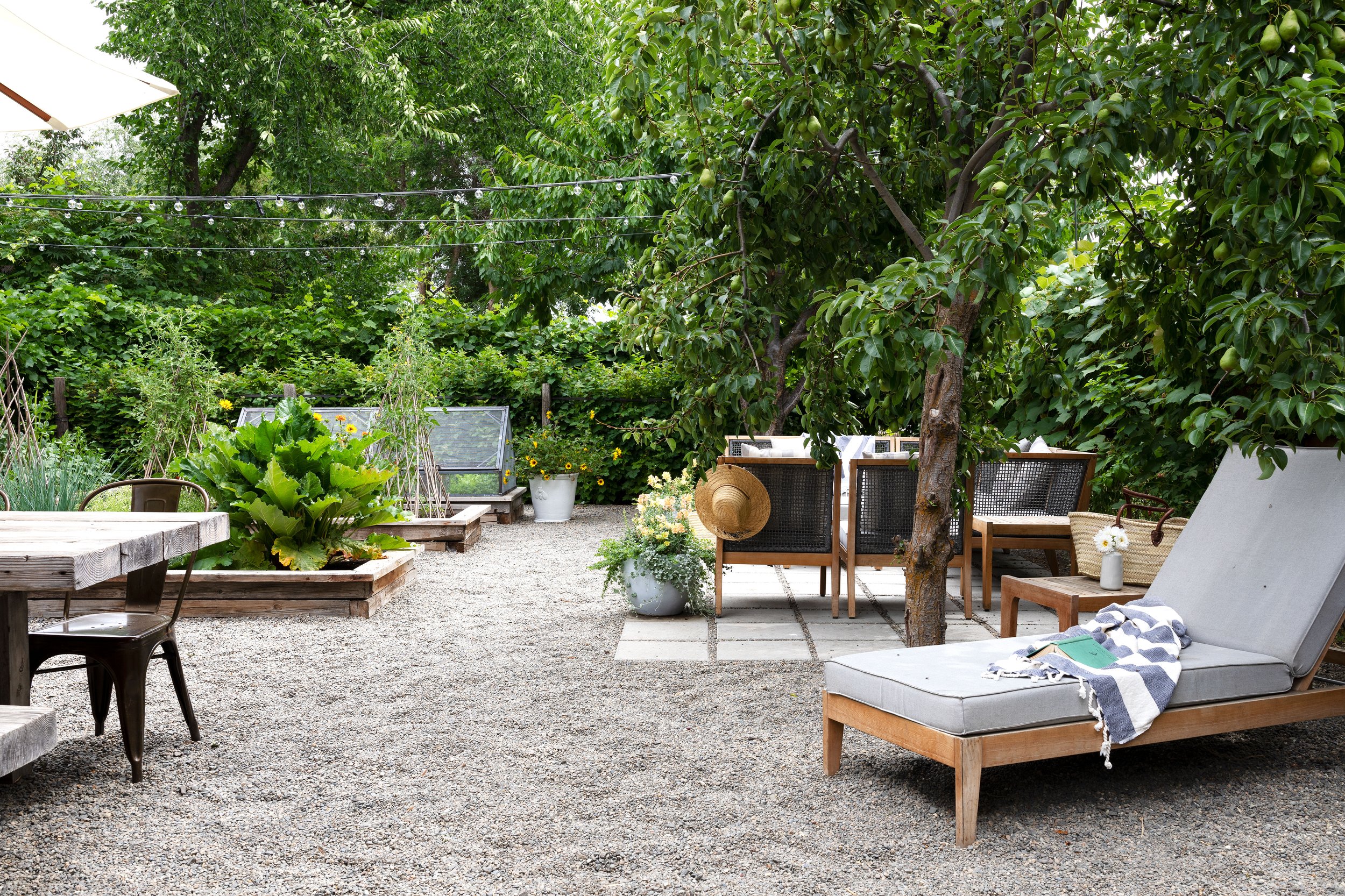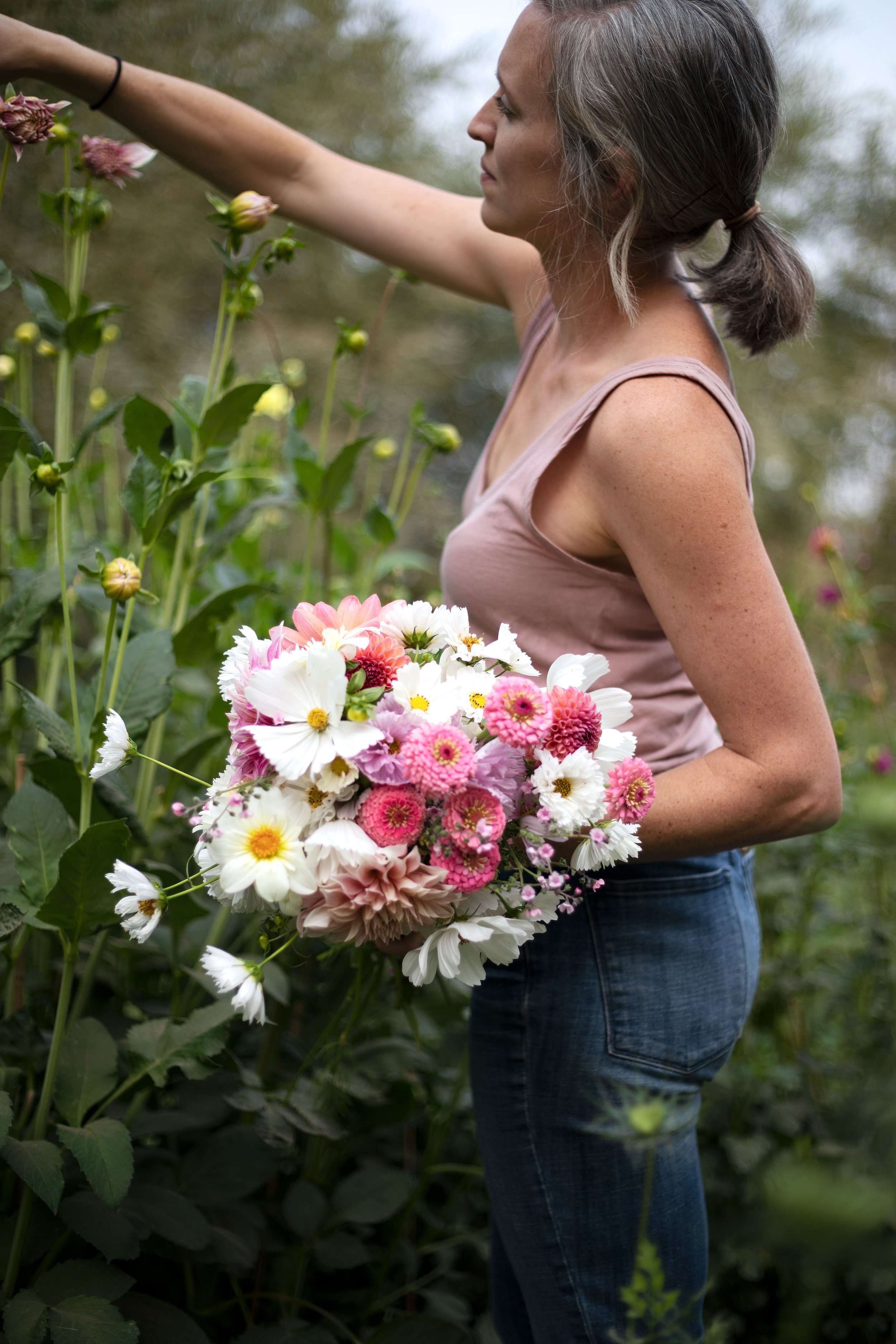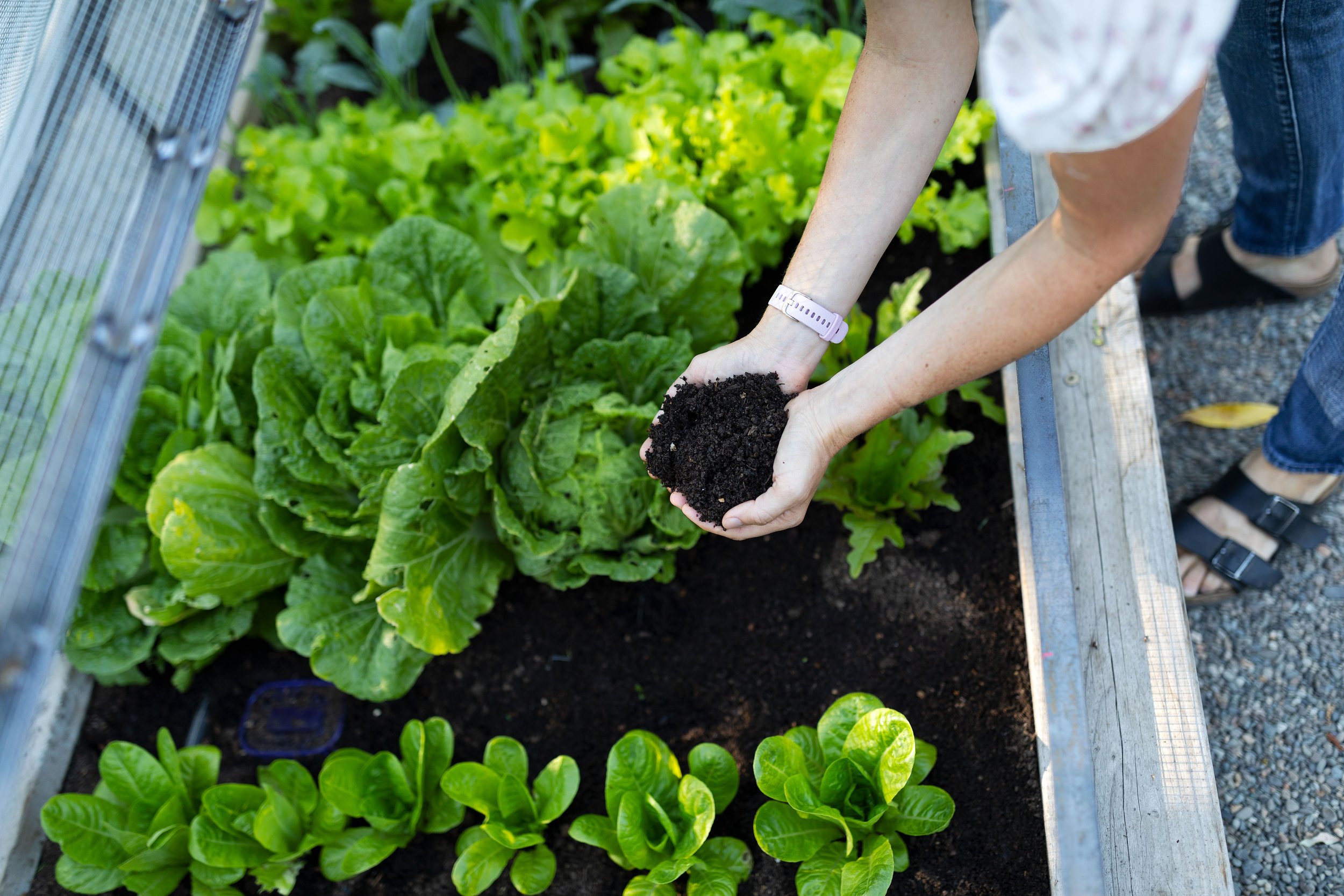How to Have a Successful Garden with No Experience
THE FARMHOUSE
Back in 2019 we planted our first flower and veggie garden and have had one every year since. Honestly, I still feel like a novice a lot of the time, but I chalk that up to gardening being one of those life-long activities that you never quite master but thankfully you never stop learning and growing either (pun totally intended;). When I share our garden on Instagram, I inevitably get comments like “I wish I could garden like that” and “I don’t know how to grow anything”. So I’m here to say, YOU CAN GARDEN! With some good soil, sunshine, and a gentle nudge in the right direction, gardening is oh so do-able, even if you’ve never done it before. Read on for my best tips how…
psst: I’m sharing photos from our Farmhouse gardens over the past couple years.
When we built out our Farmhouse garden in 2019, I hardly knew a thing about gardening. I liked to say I had a “black thumb” because I killed every house plant I ever brought home. But with a little help from Grandmas and a whole lot of trial and error, I’ve gotten better every year. And it often surprises me to see what I’ve been able to grow on so little experience.
So without further ado, here are the things to focus on in order to increase your success with your first (or second, or third) garden…
7 tips for a successful garden
One // Know your hardiness zone and average first/last frost dates - step one to gardening is knowing what zone you’re in. This designation tells you when you can safely plant, what varieties will grow in your area (just look on the seed packet), and when to expect your first freeze in the Fall. You can find out what hardiness zone you live in using your zip code here and when your first and last frost date is here. While you can plant a few things before your last Spring frost, most gardening happens after that date.
Two // Sunshine is Queen - with veggies and flowers, I have found that sunshine is the most important ingredient. Of course not all plants require full sun, so you want to be careful where you plant what. Check the seed packet or seedling tag to know how much sun it needs. And then I recommend watching over your patch during a sunny day a few times throughout the season to see where you get the most sun and where you have some shade. This will help ensure your plants are in the right spot.
Three // Focus on Soil Health - they call compost black gold for a good reason, it’s basically pure nutrients for your plants. And every time I find a failing plant, Nana’s advice of a little compost and an adjustment on the water, always seems to do the trick. Ideally we’d have enough homemade compost to layer all the beds with it in the Spring and again in the Fall, but I usually have to buy some bags - it’s not nearly as good as Nana’s homemade compost, but it helps.
Four // Install a watering system - unless you have and/or enjoy watering your entire garden by hose or hand every day, I recommend installing a watering system. This doesn’t have to be fancy, rows of drip irrigation and a simple timer will go a long way. And if nothing else, setting up a sprinkler will help.
Five // Pick easy-to-grow vanities - I shared all my favorite flower varieties in this post, and my love for them hasn’t diminished. Easy-to-grow and continually-blooming is where it’s at with flowers IMO. I also love hearty herbs, rhubarb, and veggies like tomatoes and greens.
Six // Find a local mentor or Master Gardener group - I’ve always found that experienced gardeners are usually willing to help. If you know someone in your area who’s grown a garden ask them questions. What grows well for them? What didn’t? So much of my successes in gardening owns to Nana, my mother-in-law, who gifts me tomato starts, helps me plant, lends me compost, and is always there to offer suggestions and aid a failing plant. If you don’t know any local gardeners, look up the Master Gardeners group in your area - they’ll often hold open houses and are happy to answer questions.
Seven // Comparison is the thief of joy - gardening is different for every person in every patch of soil. So try not to compare your garden to the gardens you see online or in your neighbors yard. You have to work with what (and where) you have. One example…I gave Nana some of our raspberry plants last spring and she planted them in her backyard, 7 miles away. Her’s grew abundantly and bloomed a few weeks earlier than our’s (not surprising because Nana is the most dedicated and experienced gardener I know) but yet her raspberries weren’t nearly as flavorful as our’s.
Sources: Cathy’s Dress (here and here) and berry bowl
And while not a tip, another thing I’ve learned about gardening, over and over again, is that you have to be willing to fail, because failure is definitely going to be part of the process. But with some elbow grease and time, success will come too. And there may be no greater joy than putting together a salad or flower arrangement or berry cobbler and being able to tell everyone, “I grew these”!
























